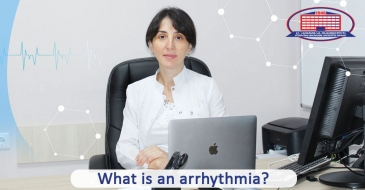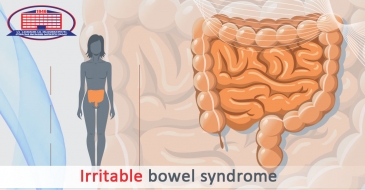
Compression of nerve endings, sensory-motor dysfunction and the neurological case of effective treatment
In the article you will find the following information:
- What is spinal stenosis;
- Symptoms of the disease;
- Clinical case of stenosis;
- Treatment of neurological deficits.
Spinal Stenosis
It is a narrowing of the spinal canal that puts pressure on the spinal cord or peripheral nerves.
It should be noted that, in the early stages of the disease, the patient may have no complaints at all, and in the far case, it requires surgical intervention, which is why a timely visit to a neurologist is quite important.
Pathology can be acquired or congenital. The most common reasons for its development are:
- Osteoarthritis;
- Osteochondrosis;
- Spondylosis;
- Paget's disease;
- Ankylosing spondylitis (Bekhterev's disease).
Symptoms Of Spinal Stenosis
During pathology clinically manifested symptoms appear, including:
- Pain in the projection area of the damaged nerve, which intensifies during movement (sciatic nerve, femoral nerve, etc.);
- Weakness in the limb;
- Impaired reflexes in the area of innervation of the damaged nerve root (hyporeflexia);
- Dysfunction of the bladder, intestines, and genitals;
- Change in muscle tone.
The pathology mainly occurs in patients over 50 years of age.
Tea Shubladze, a neurologist at the National Center of Surgery, will introduce us to one of the cases of this pathology.
Clinical Case
The 51-year-old patient approached us with a complaint of weakness and numbness in the left arm, motor dysfunction in the left lower extremity, difficulty walking, lower back and neck pain. The patient said the complaints started a year ago, initially, the left upper extremity became numb, thereafter, a few months later, there was a gradual decrease in strength in the leg. The patient impaired ability to work, had difficulty moving. There was also periodic pain in the lumbar region. The patient was referred to neurologist Tea Shubladze due to the above-mentioned complaints.
After collecting anamnestic data and assessing the neurological status, the patient underwent magnetic resonance imagining of the entire spine at the „National Center Of Surgery”. This method is preferred because ionizing radiation is not used in this study and it provides better visualization of soft tissues, spinal cord, and spinal canal. An MRI scan revealed spondylosis. Circular protrusion of the C3, C4, C5 disc (up to 4 mm), bilateral stenosis of neural channels at the level of the C2 disc, intramedullary myelopathy; circular protrusion of L1, L2, L3, L4, L5 discs with bilateral stenosis of neural canals. Also, mixed, combined spinal stenosis at L4 disc level.
Overcoming Neurological Deficit
The patient was prescribed appropriate conservative treatment, which resulted in a significant improvement in the condition. One and a half months after treatment, the patient underwent a repeated consultation with a neurologist, during which signs of spinal stenosis were no longer observed.
At this point, the patient’s condition is satisfactory, fully restored strength in the lower extremities, numbness, and pain in the spine was subsided. Most importantly, the weakness of the leg is no longer manifested while walking.
The presented clinical case shows that timely diagnosis of the patient and properly prescribed treatment by a qualified specialist, even in the case of severe disease, is a key for success.
Wish you health!
What are patients interested in
Hydrocephalus
Qauestion:: Hello, I want to know how threatening is hydrocephalus for 19 years old girl and is it enough to treat it with medication and needles
Parkinson’s
Qauestion:: Symptoms and treatment of Parkinson’s
Numbness in upper and lower extremities
Qauestion:: I feel numbness in upper and lower extremities and as a result, I experience onset of chest pain. Also, this condition lasts day and night. I’m interested in causes of it.
FATIGUE SYNDROME
Qauestion:: Hello, I often heave shortness of breath, also headaches (especially when nervous), blurred vision during which I perceive surroundings as if I’m half asleep, feeling fatigued since morning. What do these symptoms mean?
Tinnitus (noise and ringing in the ears)
Qauestion:: Hello, I have noise and ringing in my ears for 3 months. What can be cause of it and how can I treat it. Thank you in advance.
Hemicrania continua
Qauestion:: I’m 74 years old. I’ve suffered from migraine headache since my youth. In menopause, I've experienced many severe difficulties and that’s why it hasn’t alleviated and I’m still suffering from it. I take sleeping pills –donormyl. It helps me to sleep, but I still have a headache in the morning. It alleviates when I take citramon + caffeine. Generally, I need a lot of sleep. I was a very active scientist and lecturer. I still have lectures. How to alleviate headaches?









